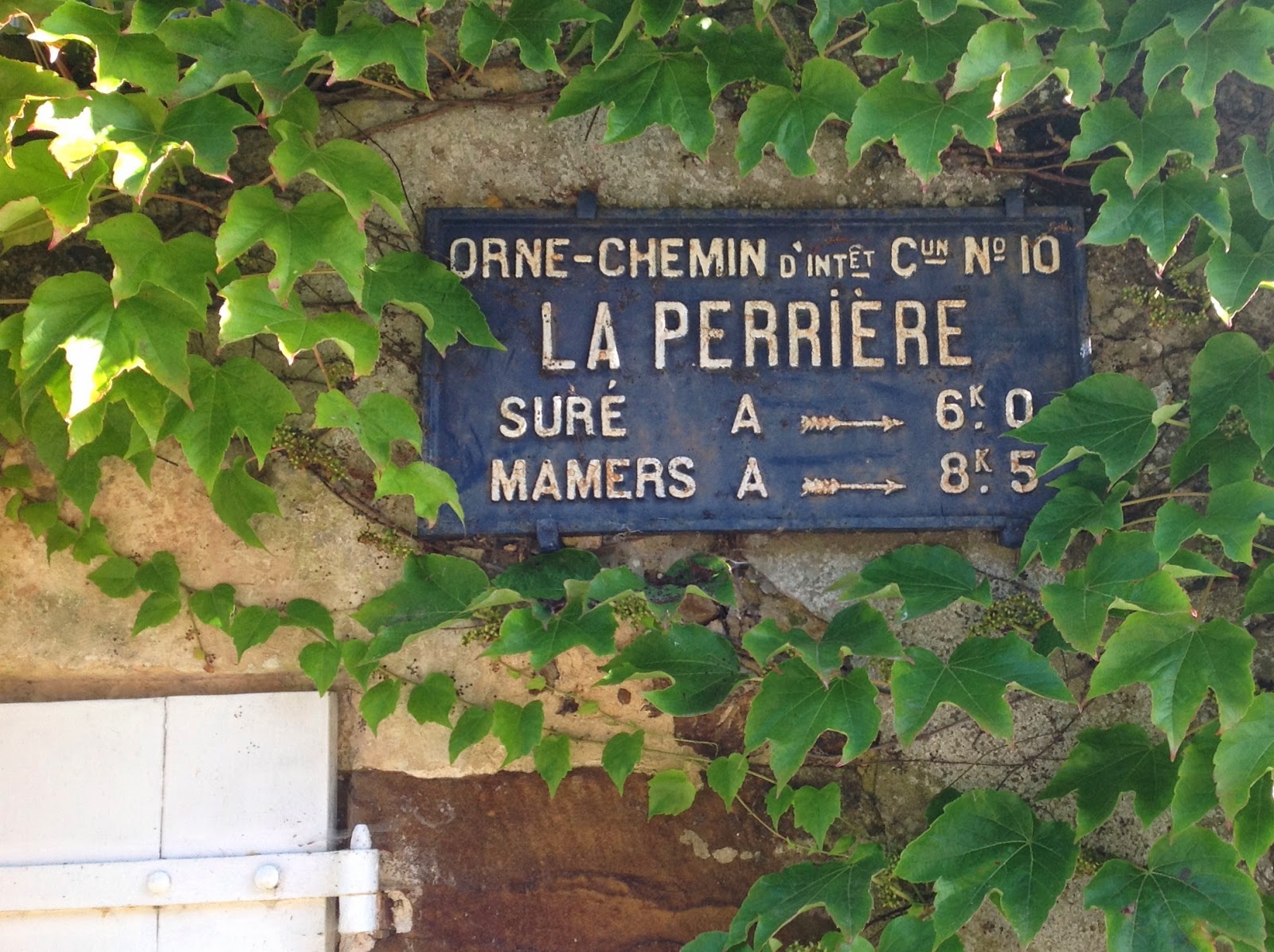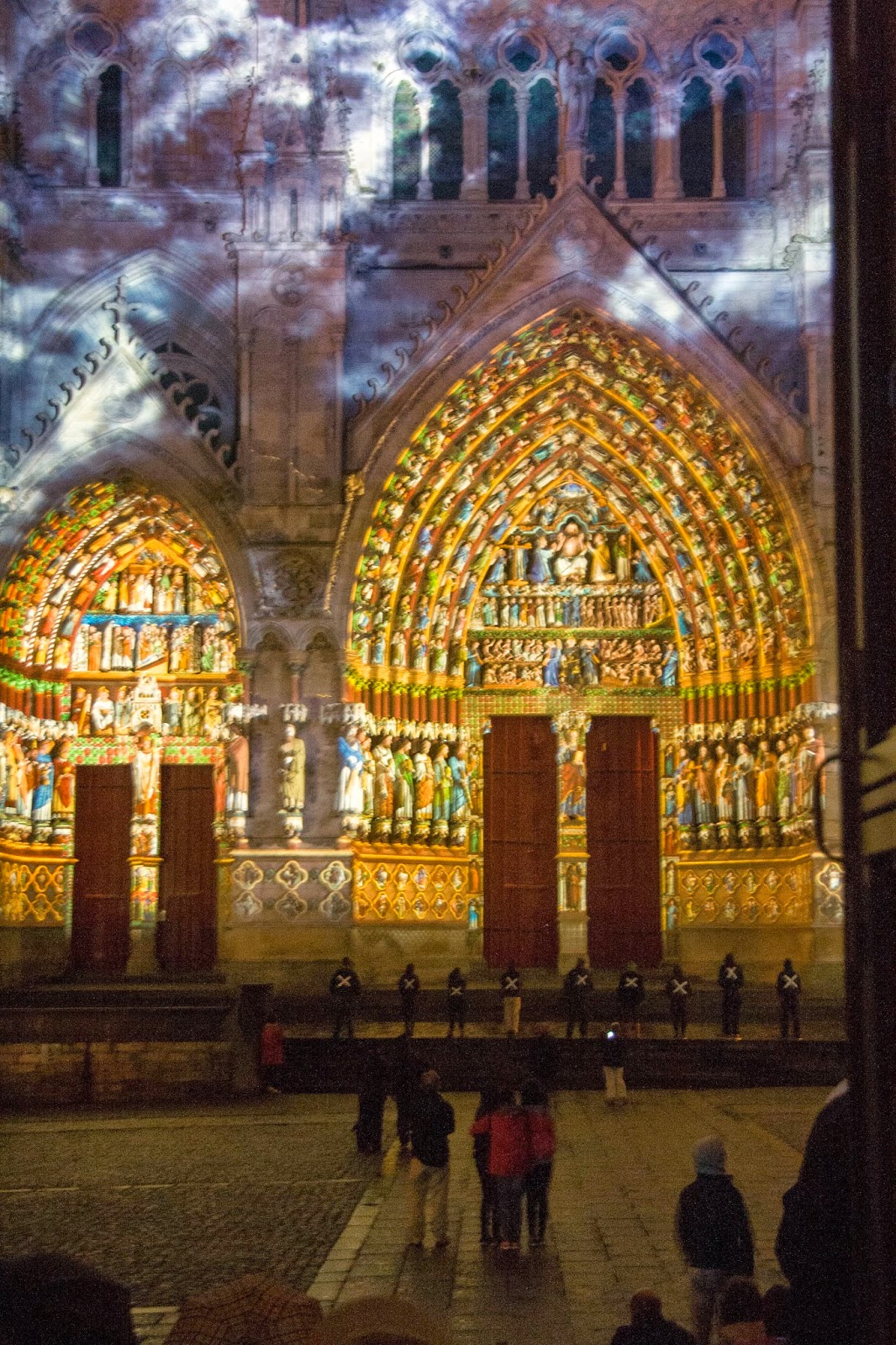Northern France 17 to 20 August, 2014
Given the year, one hundred years since the outbreak of the
war to end all wars, we decided to come to the place where it was at its most
intense – the Western Front. We based
ourselves in Amiens, and took to opportunity to see the fourth of the four
great Gothic Cathedrals. We toured through the memorial route visiting Villers-Bretonneux,
Péronne, Rancourt La Boisselle, Pozières, Thiepval, Beaumont-Hamel and Albert over two
days. There is nothing I can say about
the experience or what I saw that has not been said a million times over by more
eloquent writers than I. It is quite a
shocking experience. I hardly took any
photographs.
The British museum at Thiepval and the Mueseal at Péronne
are beautifully curated and provide a deep insight into both the high level
strategy and the day to day life in the trenches. The Canadian memorial and visitor centre at
Beaumont-Hamel coupled with the well preserved front line is overwhelming. It is possible to walk between the two front
lines in less than three minutes. To
walk around a stretch of land where several thousand people died takes around
10 minutes. It feels strange that a
piece of land so contested at such a price is now open for anyone to walk
through unchallenged. I had the same
response at Pozièrs when I stood on the remaining concrete foundations of “The
Windmill” which was finally taken by an Australian division for the cost of
about one third of its members. It all
seems so pointless now.
Having grown up on a diet of AJP Taylor, I saw the Somme
offensive and the Western Front in general as a complete, unnecessary and unmitigated
disaster. However, it was probably the
start of the events which resulted in the defeat of the Germans two years
later. Whether it was the best strategy or whether the whole mess should have
been allowed to reach the state it did still remain undecided.
 My second impression is the complete disregard for
everything by the military. The environment
in the area is still suffering, with areas behind electric fences protecting
the public from unexploded ordinance; cathedrals still show signs of shrapnel damage;
many towns completely destroyed, many important buildings deliberately
destroyed to prevent the enemy using them as a look out; trenches and bomb
craters still visible in the fields and the damage to the civilian population
inestimable. Nothing matters but the
military objective.
My second impression is the complete disregard for
everything by the military. The environment
in the area is still suffering, with areas behind electric fences protecting
the public from unexploded ordinance; cathedrals still show signs of shrapnel damage;
many towns completely destroyed, many important buildings deliberately
destroyed to prevent the enemy using them as a look out; trenches and bomb
craters still visible in the fields and the damage to the civilian population
inestimable. Nothing matters but the
military objective.
Finally, I was pleased to see the museums in English, French
and German, the memorial recognising the losses on both sides and German
comments in the visitors’ books – after only 100 years.
Louvre-Lens
A worthwhile conclusion to our visit to the Western Front
was provided by a visit to the special exhibition at the new Louvre Museum at
Lens. The exhibition, entitled “Les
désastres de la guerre 1800-2014”.
This exhibition (I thought rather optimistically, at first) sought to
explore the reasons for war losing its popularity in the Western World, and
concluded that the decline in popularity coincided with the increasing impact
on civilian populations. When wars were
fought in fields between two small groups of professional fighters, the
population could cheer from the side.
There were occasional sieges on towns and the demands of both sides to
provide food and money, but not on the scale now common in modern warfare. Whether the thesis of the exhibition is sound
or fanciful, the material presented was powerful and impressive.
 |
| From this----- |
 |
| To this |
It explored art works, photography and movies
which moved from the propaganda in support of the heroic leader to the
documentation and amplification of the horrors of war up to the Syrian conflict
still running today. Thought provoking, but not comforting in any way.
Amiens - Colour and Clouds
At Amiens we spend some time at the Cathedral - one evening
being entertained by a light show which projected colour onto the façade reproducing
the original painting of the statues and the background, and one morning
walking around inside this great building.
When we came out to see the front, those clouds had arrived again. The
emerging theme is now front and centre.



















